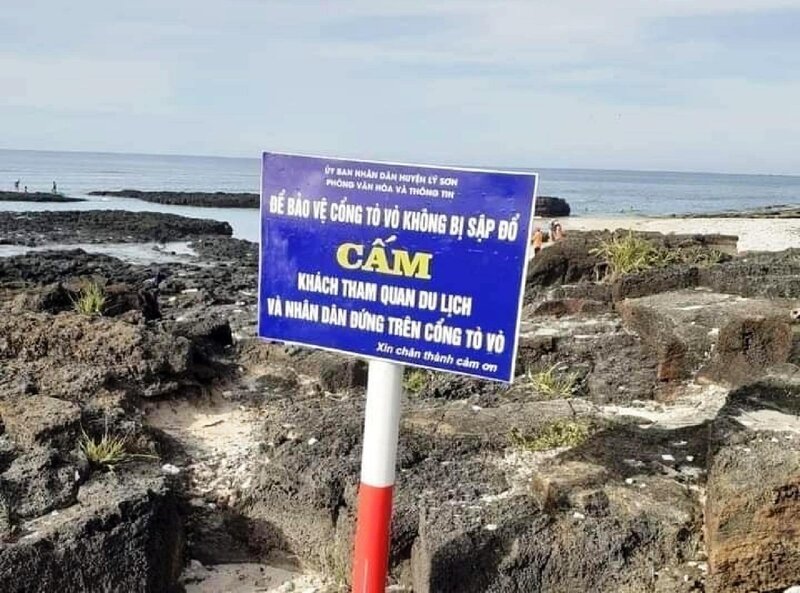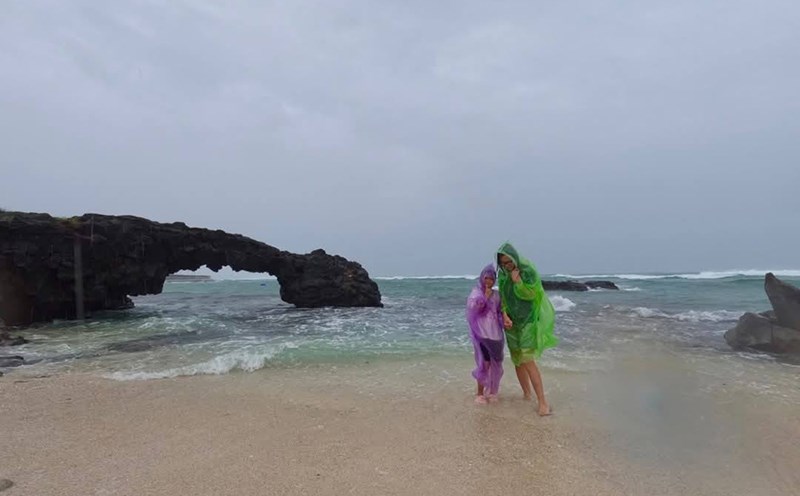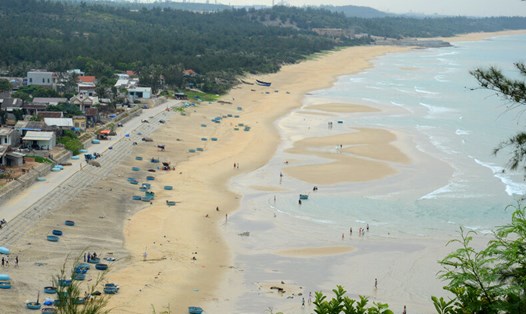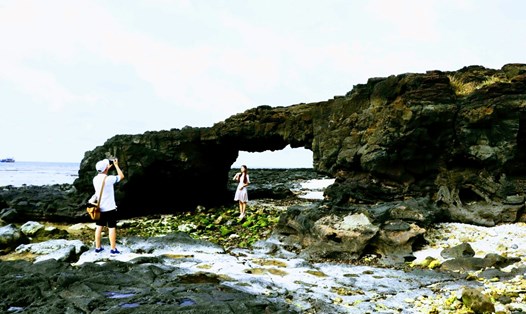According to the Department of Culture, Sports and Tourism, in order to limit the impact of people on the geological and geometeorological tourism resources of Ly Son Island - especially the natural structures that are "easy to be damaged" - Ly Son district recommends that people and tourists do not climb up to To Vo gate, especially in high places where there are thin stone formations.
Currently, To Vo Gate is facing the risk of erosion due to sea waves. Because it is located close to the water surface, the impact of waves is gradually eroding the stone structure, making this structure increasingly thin and prone to collapse.

The People's Committee of Quang Ngai province has also proposed that the Ministry of Culture, Sports and Tourism consider, decide to rank and issue a certificate of recognition as a national monument for the To Vo Gate scenic spot in Ly Son special area.
The view of To Vo Gate was formed from the released volcanic activity of Gieng Tien Volcano (Ly Son), creating a thick layer of basalt at this location. After a long time, the basalt rock layer was eroded by the sea waves, breaking the middle, forming a conical structure - an opening like a stone gate in the shape of a tourist cage.
Over thousands of years, the waves have continuously eroded the basalt layer, creating a unique " stone gate" in the shape of the To Vo cluster. The beautiful, wild To Vo Gate with high recognition has become a typical symbol of Quang Ngai and is considered the heart of Ly Son sea cultural space.
According to the Department of Culture, Sports and Tourism, with a full convergence of historical, cultural, scientific, aesthetic and economic values, To Vo Gate is completely worthy of becoming a national monument - an important basis for promoting sustainable tourism development, contributing to elevating the Quang Ngai tourism brand.




